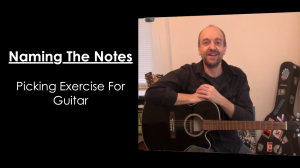
The Chromatic Scale
Learning the names of the notes in the first four frets.
Guitar Essentials - Chromatic Scale
Lesson Info
Difficulty: Beginner
Lesson Length: 12:20
Instructor: George Goodman
Concepts
Standard music is made up of 12 repeatable tones which comprise what’s known as the chromatic scale.
Learn the names of these notes and where they are on the first four frets of the guitar.
This will allow you to be able to name all the notes in any particular guitar chord.
Finally, practice picking the chromatic scale.
Help File
Gear Used
Takamine EG541SC
I am playing my black tak in this one.
This is a Takamine G Series EG541SC bought in North Carolina when I was playing in a band called Double Take.
Specs:
Top - Solid Spruce
Back - Nato
Sides - Nato
Finger Board - Rosewood
Electronics - TK40
Finish - Gloss Black
Check out more Takamine G Series Guitars
Music Theory Primer
Naming The Notes
Standard music has been broken into twelve distinguishable repeatable tones that are represented by letter names plus modifiers. The interval between each of these tones is called a semi-tone. Two semi-tones make a whole tone.
Standard music notation uses seven letters, (A, B, C, D, E, F, G), plus the modifiers sharp (#) and flat(b) to name notes.
Most of the unmodified note names have a whole tone between them. The exceptions are between B and C, and E and F. There is only a semi-tone between these notes which can be clearly seen on the keyboard where the black keys represent the sharp and flat notes. There isn’t a black key between B and C or E and F.
One modifier raises the pitch of a note by a semi-tone, the sharp (#), and the other lowers the pitch of a note by a semi-tone, the flat (b).
Here are the twelve repeatable tones of Standard Western music.
A, A# or Bb, B, C, C# or Db, D, D# or Eb, E, F, F# or Gb, G, G# or Ab, then starting at A again. This second A is said to be an octave higher than the first so the twelve semi-tones comprise an octave. This progression of notes a semi-tone apart is also known as the chromatic scale.
Looking at these tones shows us a couple of things.
Between A and B are the notes A# or Bb (A sharp, B flat). These are actually the same notes but with 2 different names. These notes are said to be enharmonic. All modified notes have an enharmonic equivalent. Whether a particular pitch that has an enharmonic equivalent is named by its flat name or its sharp name is dependent on the key signature in which the note occurs.
Enharmonic Notes
A# and Bb
B and Cb
B# and C
C# and Db
D# and Eb
E and Fb
E# and F
F# and Gb
G# and Ab
There is only a semi-tone between B and C so B# or B raised by a semi-tone is actually C. Conversely Cb is actually B. The same goes for E and F. Raising E by a semi-tone, E#, is the same as F. Fb is actually E.
Chromatic Scale Guitar Tabs
The guitar tabs below show the chromatic scale on the first four frets of the guitar.
Assign one finger to each of the first four frets and slowly play through the chromatic scale and name the notes as you play.
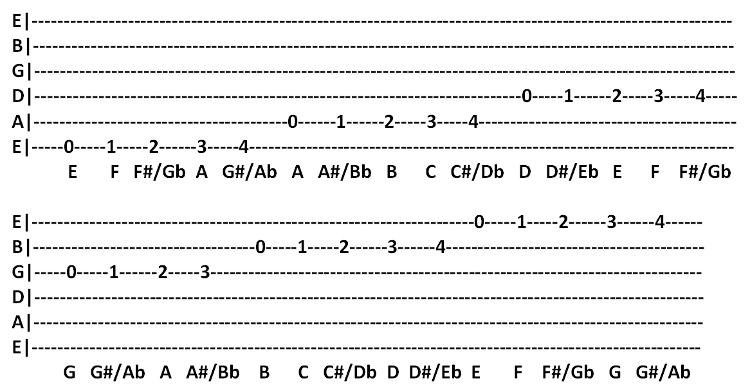
If you remember the rule that there is only a semi-tone between B and C, and E and F otherwise there is a whole tone between natural note names then you can name the notes in any guitar chord.
For example, let's look at the C major chord. Starting from the lowest note, the first note of the chord is the 5th string, third fret. Looking at the tabs above, we see that this note is C.
The second note in C major is on the fourth string, second fret. This is the note E.
The next note is the third string open - G.
Next is first fret, second string. This is the note C.
And finally, the first string is open - E.
So the notes of our chord are C, E, and G.
Practice playing the chromatic scale as slow quarter notes with a downstroke pick.
As you become more comfortable, try speeding up to using slow eighth notes alternating between downstroke and upstroke.
5 Pack Case of Hohner Special 20s
What do I like about the Special 20s?
Great Sound, Smooth Comb, Responsive to Bending - but not loose, Affordable. I play Special 20s more than any other model.
Hohner Harmonica Holder
The Hohner Harmonica Neck Holder fits harmonicas up to 7-1/2" long, has a nickel plated finish and fits any neck shape.
I have used a similar holder for over 25 years. This no-nonsense holder will work for you.
Martin Acoustic Guitar Strings
If it's been a while since you've changed your strings, you won't believe the difference in the sound. These are some excellent Martin strings. Need I say more? Totally affordable.


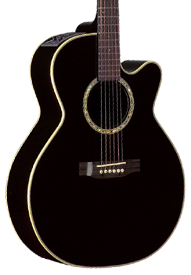

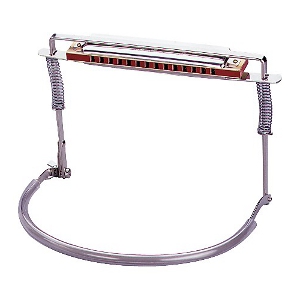

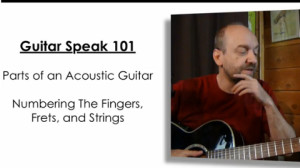

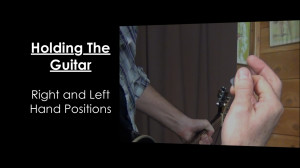
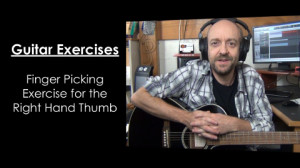


Leave a Reply